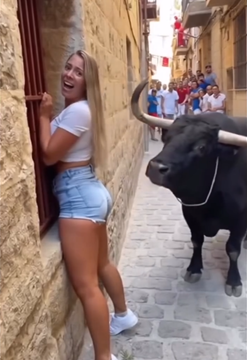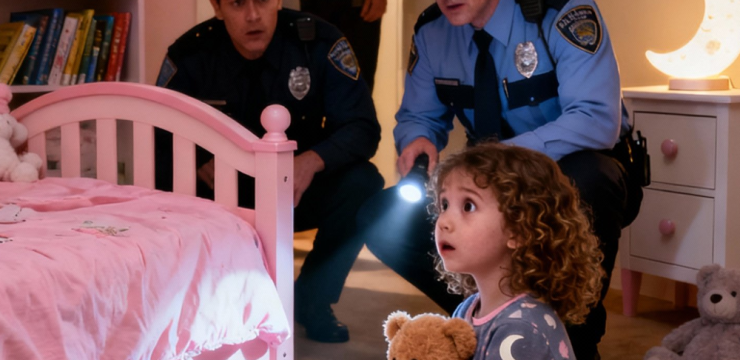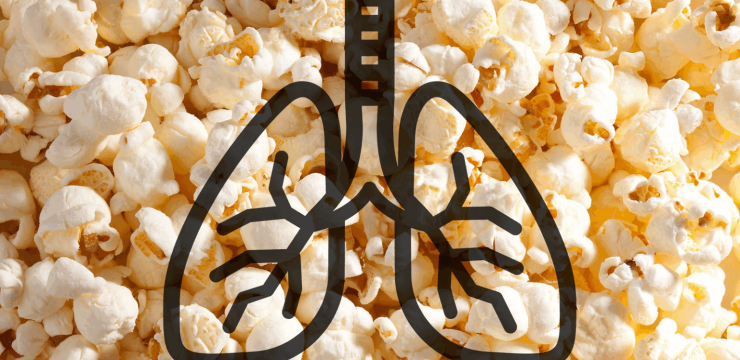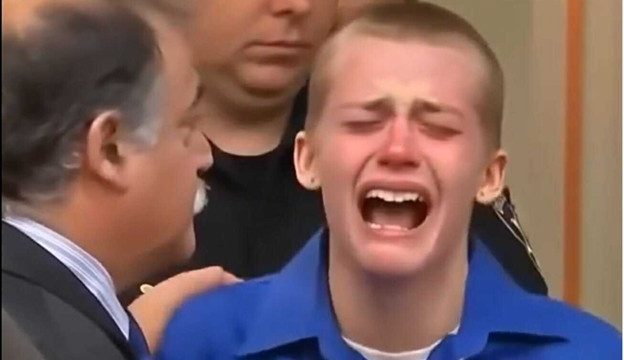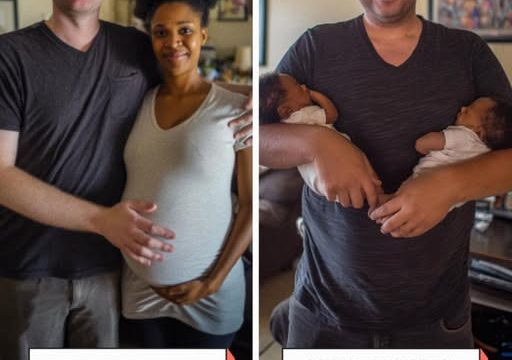Ready for a quick challenge that’ll put your brain and observation skills to the test? At first glance, the two images of a peacefully sleeping baby might look completely identical. Everything from the cozy pose to the bottle nearby seems untouched. But don’t let your eyes deceive you—there are three tiny differences hidden between the two pictures. Your mission, should you choose to accept it, is to find all three changes without any hints. Sounds like a piece of cake, right? Think again.

These kinds of visual brain teasers are designed to be trickier than they seem. What makes them tough is that the differences are usually subtle—so small, in fact, that most people miss them completely. We tend to scan images too quickly, overlook the fine details, or focus only on what we think matters, like the baby’s face. But in reality, the clues could be anywhere—from the background to the clothing, or even a stray strand of hair.
When tackling spot-the-difference puzzles, slowing down and examining every corner of the image is key. This particular challenge proves just how good your eyes—and your brain—are at noticing what’s out of place. If you’ve already spent a few minutes staring and still can’t pinpoint all three differences, don’t stress—it’s a common experience. Even the most observant people can be tricked by how naturally our brains try to “fill in” what we expect to see.
Let’s break down the puzzle together and reveal where those three clever changes are hiding.
1. The Reversed “Z” Symbol
The first difference is tucked away in the top-left corner of the image, where cartoon “Z” symbols float above the baby’s head—your classic sleepy-time visual cue. At first glance, they all look the same. But in the second image, one of those Zs is flipped—completely reversed and facing the wrong direction. It’s such a small tweak that unless you’re zeroing in on that corner, your brain might gloss right over it. This kind of alteration is common in visual puzzles because it plays on our tendency to assume things are normal when they’re in expected places.
2. The Missing Hair Curl
Now shift your gaze to the top of the baby’s head. In the original image, there’s a tiny but cute curl of hair that sticks up—almost like a soft, wispy swirl. In the second image, however, that curl is gone. The hair looks smoother and more rounded instead. This change is subtle, but it’s also a great example of how our minds often don’t register what’s missing unless we’re specifically looking for it. Removing small details like this is a classic trick in spot-the-difference games.
3. The Stripe on the Sleeve
Lastly, focus on the baby’s shirt—specifically the sleeve with its blue and white striped pattern. In the first image, the sleeve features multiple alternating stripes, creating a neat design. But in the second image, one of those stripes is missing, slightly altering the overall look of the sleeve. This is another detail that’s easy to overlook because our attention is naturally drawn to the baby’s face or the bottle, not the arm. Unless you’re scanning from top to bottom, you might miss it altogether.
So, to recap:
-
One of the “Z” symbols is reversed.
-
The baby’s hair curl is missing.
-
One stripe on the sleeve is gone.
Did you manage to find all three differences on your own? If so, congrats! You’ve got a sharp eye for detail. And if not, don’t feel bad—these puzzles are meant to be tough, and every time you try one, you’re giving your brain a fantastic workout.
Spot-the-difference challenges aren’t just fun little distractions. They’re actually great exercises for your brain. They improve visual memory, boost concentration, and sharpen your attention to detail. They’re excellent for kids learning to focus, but they’re just as helpful for adults who want to stay mentally sharp. Think of them as mini brain workouts—short, enjoyable, and satisfying, especially when you finally spot what’s been hiding in plain sight.
Plus, they’re great for group activities. Challenge your friends or family and see who can find all the changes the fastest. A little friendly competition never hurts—and it makes for a fun way to bond and boost your brainpower together.
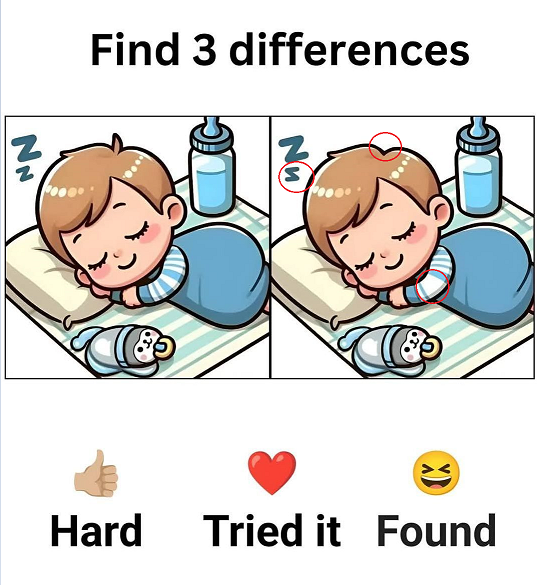
So the next time you come across one of these visual puzzles, don’t rush through it. Take your time, observe closely, and train your brain to look beyond the obvious. With regular practice, you’ll find yourself spotting the differences quicker and more accurately. Who knows? You might just become the go-to puzzle expert in your circle.
Stay curious, keep practicing, and have fun spotting what others miss—you’ve got the makings of a true visual detective.

